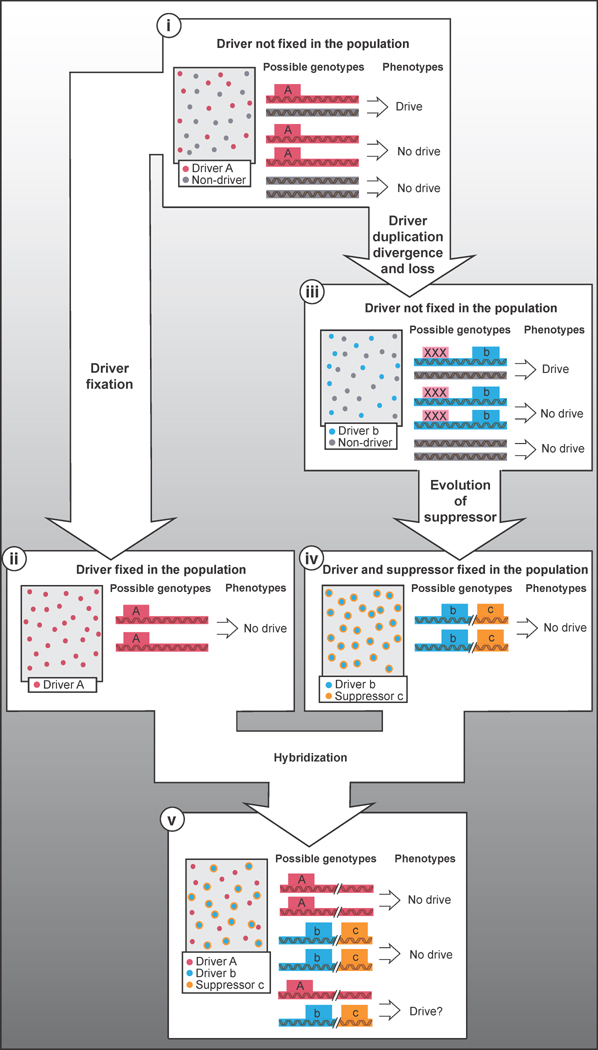Figure 1. Hypothetical evolution of meiotic drivers.
i) A meiotic drive locus (A) has the ability to generate drive when heterozygous. Homozygotes fail to exhibit drive. ii) If a drive allele becomes fixed in a population, drive will not be observed because all individuals will be homozygous. iii) Another possible path is that the driver (A) could duplicate, creating a drive locus (b) that is free to diverge. The original drive locus could accumulate mutations and be lost in the population. iv) As drivers are generally deleterious for fitness, unlinked suppressors (c) are likely to evolve. v) Over time, populations (represented in ii and iv) evolve distinct landscapes of meiotic drivers and suppressors. If these two populations were to merge (v), the phenotypes of cryptic drivers could emerge in hybrid individuals. In this way, meiotic drivers can contribute to hybrid infertility and speciation.

